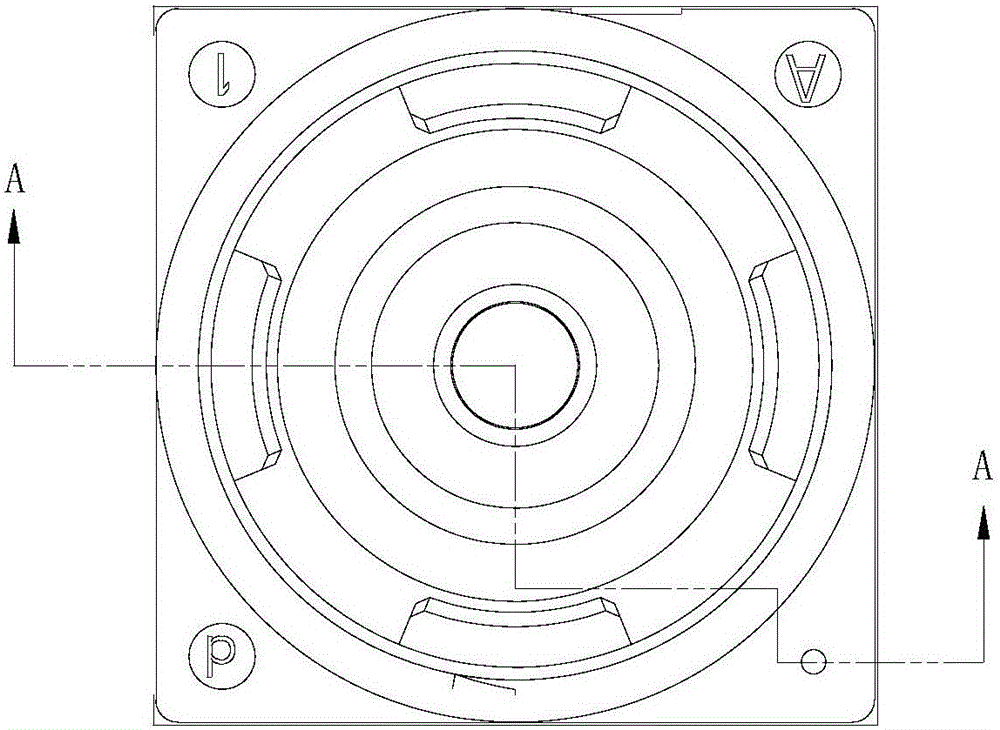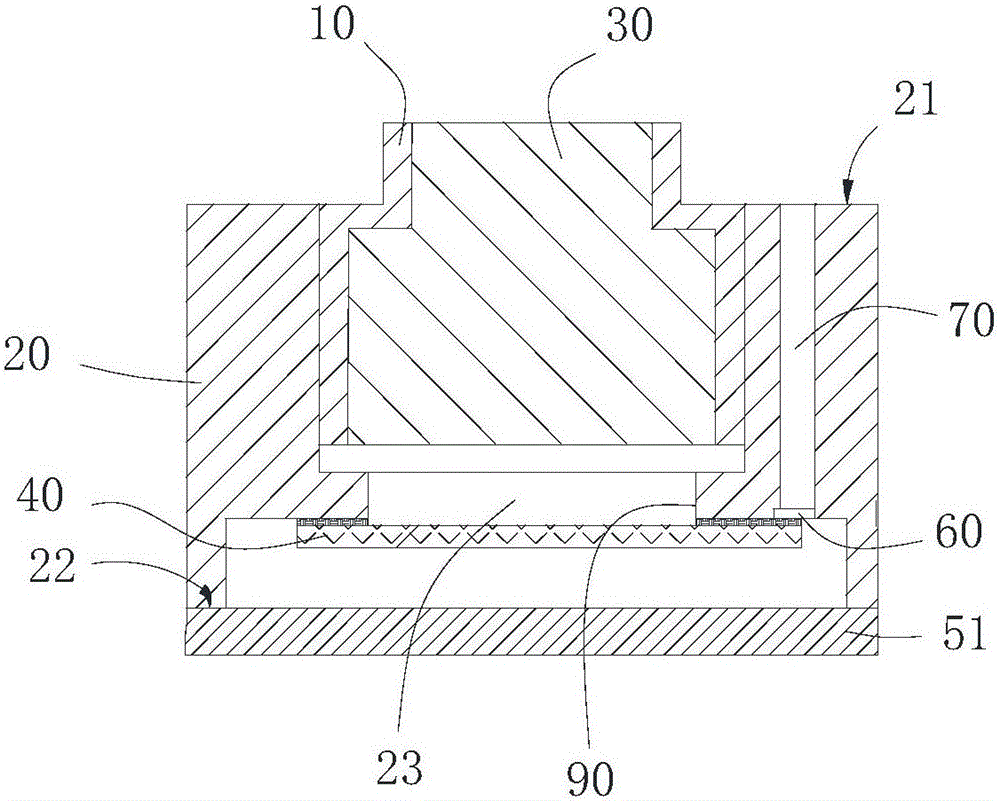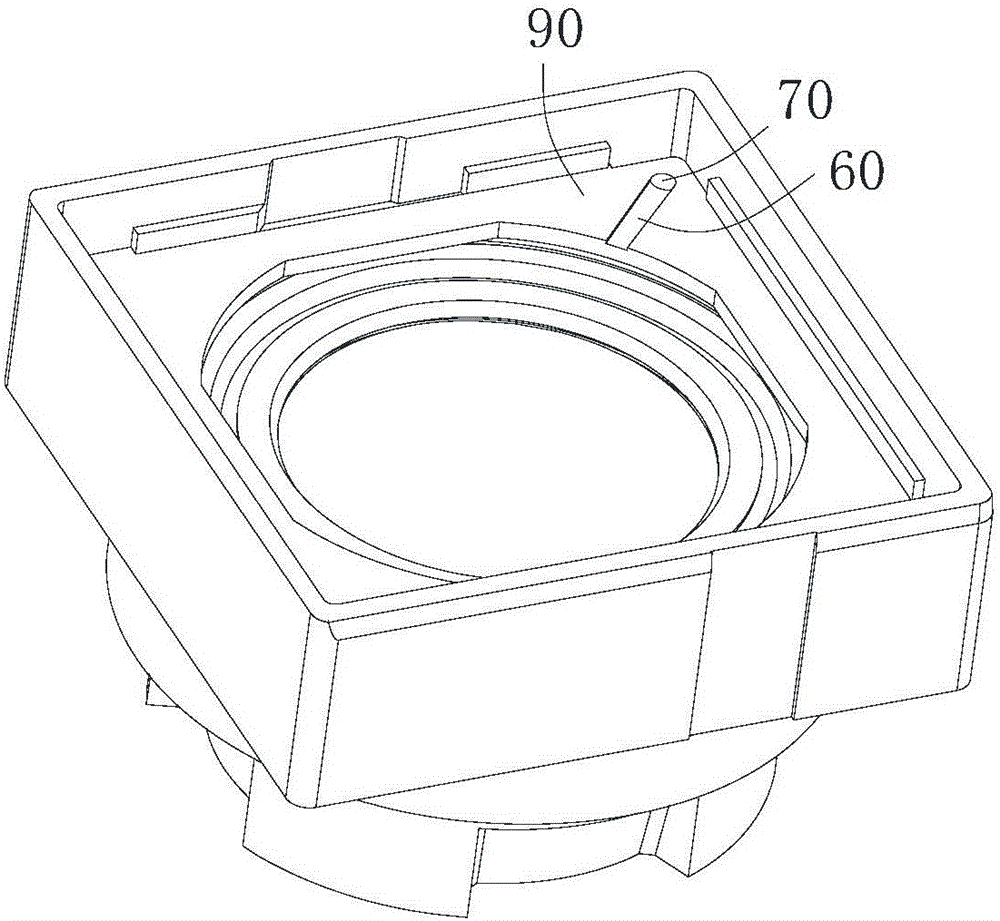Camera module group
A camera module and lens group technology, which is applied in the field of optical photography, can solve problems such as unbalanced air pressure of the camera module, affecting image quality, and time-consuming focusing, so as to avoid machine focusing procedures and ensure image quality.
- Summary
- Abstract
- Description
- Claims
- Application Information
AI Technical Summary
Problems solved by technology
Method used
Image
Examples
Embodiment Construction
[0024] The following will clearly and completely describe the technical solutions in the embodiments of the present invention with reference to the drawings in the embodiments of the present invention.
[0025] Please also see Figure 1a , 1b and 1c, other components not related to the improvement of the present invention are not shown in this figure, one embodiment of the present invention provides a camera module, the camera module includes a lens barrel 10, a lens holder 20, a lens group 30 and filter 40. The mirror base 20 has an upper surface 21 and a lower surface 22 opposite to the upper surface 21, and has an inner cavity passing through the upper and lower surfaces 21, 22, that is, the mirror base 20 is hollow, and an accommodation space is formed inside it twenty three. Part or all of the lens barrel 10 is accommodated in the lens holder 20 , and the lens group 30 is accommodated in the lens barrel 10 . In this embodiment, the lens barrel 10 and the lens holder 20...
PUM
 Login to View More
Login to View More Abstract
Description
Claims
Application Information
 Login to View More
Login to View More - R&D
- Intellectual Property
- Life Sciences
- Materials
- Tech Scout
- Unparalleled Data Quality
- Higher Quality Content
- 60% Fewer Hallucinations
Browse by: Latest US Patents, China's latest patents, Technical Efficacy Thesaurus, Application Domain, Technology Topic, Popular Technical Reports.
© 2025 PatSnap. All rights reserved.Legal|Privacy policy|Modern Slavery Act Transparency Statement|Sitemap|About US| Contact US: help@patsnap.com



